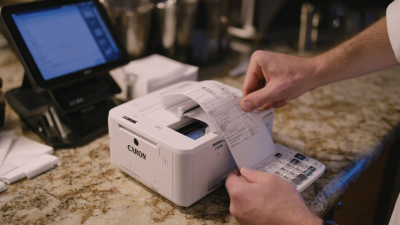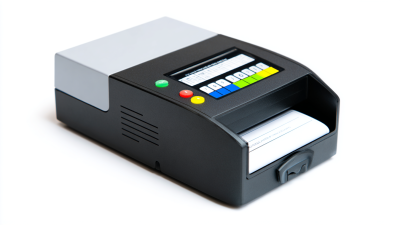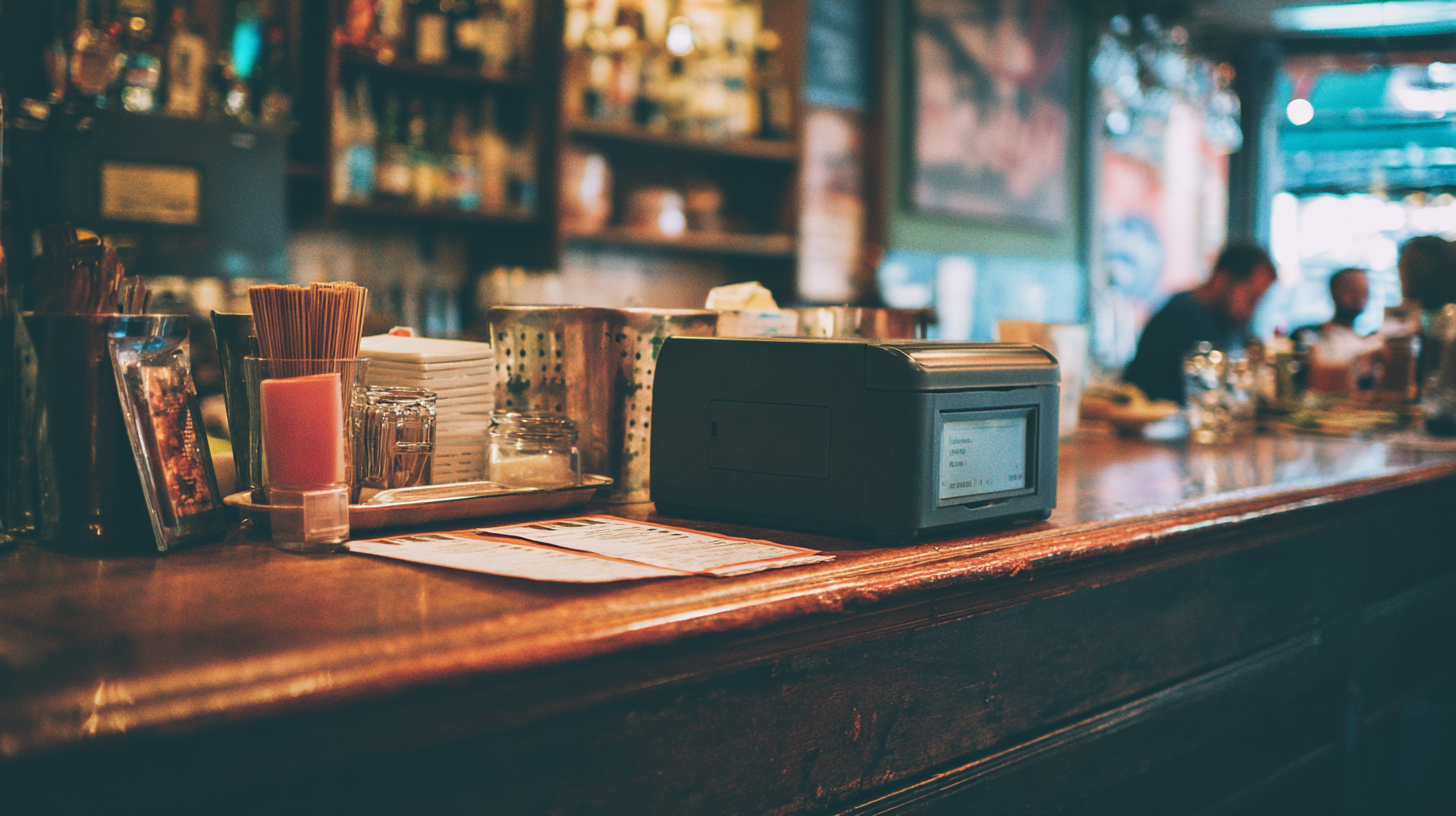 In the fast-paced and highly competitive restaurant industry, choosing the right equipment can significantly impact operational efficiency and customer satisfaction. One key device that plays a crucial role in streamlining transactions is the receipt printer for restaurants. According to a report by IBISWorld, the restaurant industry is expected to reach $899 billion in revenue by 2023, highlighting the importance of effective payment processing systems. Moreover, a study from the National Restaurant Association revealed that 79% of customers consider speed of service as one of the most important factors in their dining experience. Thus, selecting the perfect receipt printer for restaurant needs is not merely a matter of preference but a necessary step to enhance service delivery, minimize errors, and ultimately improve the bottom line. In this blog, we will explore the essential factors to consider when making this vital choice.
In the fast-paced and highly competitive restaurant industry, choosing the right equipment can significantly impact operational efficiency and customer satisfaction. One key device that plays a crucial role in streamlining transactions is the receipt printer for restaurants. According to a report by IBISWorld, the restaurant industry is expected to reach $899 billion in revenue by 2023, highlighting the importance of effective payment processing systems. Moreover, a study from the National Restaurant Association revealed that 79% of customers consider speed of service as one of the most important factors in their dining experience. Thus, selecting the perfect receipt printer for restaurant needs is not merely a matter of preference but a necessary step to enhance service delivery, minimize errors, and ultimately improve the bottom line. In this blog, we will explore the essential factors to consider when making this vital choice.
When it comes to selecting a receipt printer for your restaurant, understanding print speed is crucial. In the fast-paced environment of a restaurant, every second counts. A printer that can produce receipts quickly ensures that orders are processed efficiently, minimizing wait times for both staff and customers. A printer with a high print speed, typically measured in millimeters per second (mm/s), will allow for rapid ticket generation, enabling servers to move swiftly and reducing the time customers spend waiting for their bills.
Moreover, the type of dining experience you offer can also dictate the necessary print speed. For high-volume counter service or busy fast-food joints, a printer capable of producing receipts in mere seconds is essential to keep the lines moving. Conversely, in a fine dining setting, while speed is still important, there may be slightly more leeway, as the overall dining experience is more leisurely. Therefore, evaluating your specific operational needs and peak business times can greatly influence your decision when choosing a receipt printer that effectively meets your restaurant's demands.
This bar chart displays the ideal print speed of receipt printers needed for different restaurant types based on average order volume. This information can help restaurant owners select the most appropriate printer speed for their operational needs.
When selecting a receipt printer for your restaurant, understanding the connectivity options available is crucial to ensure seamless operations. Bluetooth, Wi-Fi, and USB each offer distinct advantages tailored to different workflows. Bluetooth is an ideal choice for smaller setups or mobile transactions, allowing printers to pair easily with tablets or smartphones. This wireless option eliminates cluttered cables while providing mobility for staff, making it perfect for on-the-go order taking and table service.
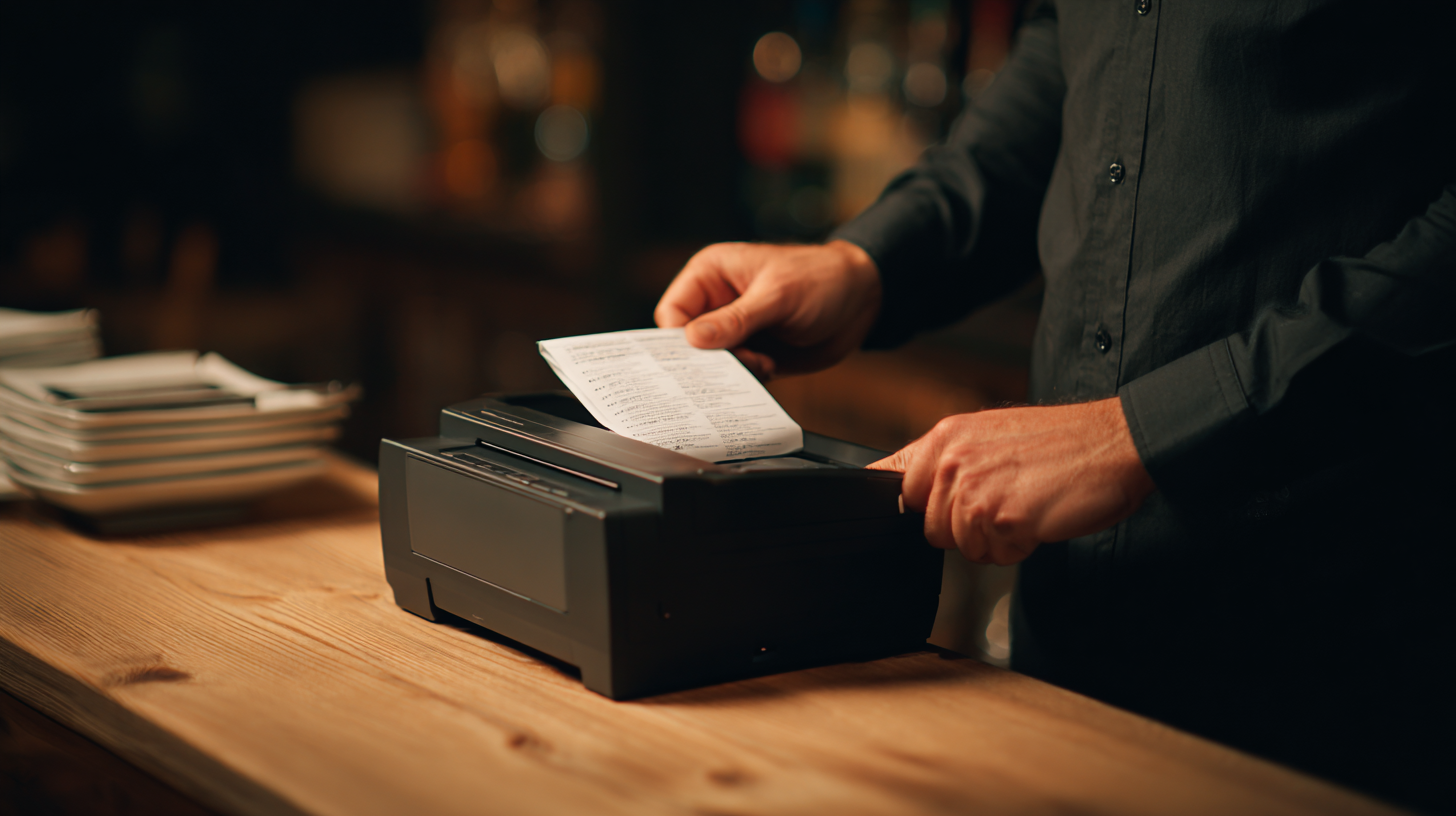
On the other hand, Wi-Fi connectivity offers broader flexibility and integration within modern restaurant systems. With Wi-Fi-enabled printers, you can connect multiple devices throughout the establishment without being tied to a specific location. This is particularly beneficial for restaurants with multiple terminals or those that require centralized management of receipts. However, it’s important to consider network stability, as disruptions can affect printing efficiency.
USB printers, while more traditional, deliver reliable and straightforward connectivity for fixed setups. They are often faster and more stable than their wireless counterparts, making them suitable for environments where high-volume printing occurs. Choosing the right connection method ultimately depends on the specific needs of your restaurant, including layout, workflow, and the level of mobility desired for your staff.
When selecting a receipt printer for your restaurant, durability and build quality are paramount. A printer that withstands the fast-paced environment of a bustling kitchen or front counter can significantly impact your business’s operational efficiency. Printers that are built with sturdy materials and have robust designs tend to last longer, which directly correlates with reduced long-term costs. For instance, investing in a printer with a solid casing can prevent frequent repairs or replacements, allowing your staff to focus on serving customers rather than troubleshooting equipment.
Tip: Always review the specifications of the printer, looking for features like high-volume capacity and thermal printing technology, which often withstand higher temperatures and moisture levels. Additionally, check for warranties that cover wear and tear, providing further assurance of the printer's enduring quality.
Another crucial factor is the ease of maintenance. A printer that is easy to clean and has user-replaceable parts can save you valuable time and reduce labor costs. Regular maintenance ensures that the printer consistently performs well during peak hours without unexpected breakdowns.
Tip: Choose a model that has readily available replacement parts and support services, which can greatly enhance your restaurant's operational longevity and minimize downtime.
| Feature | Importance Level (1-5) | Durability Rating (1-5) | Estimated Lifetime (Years) | Long-term Cost-Efficiency |
|---|---|---|---|---|
| Print Speed | 5 | 4 | 7 | High |
| Reliability | 5 | 5 | 10 | Very High |
| Ease of Use | 4 | 3 | 5 | Moderate |
| Connection Options | 4 | 3 | 5 | Good |
| Maintenance | 3 | 4 | 6 | Average |
When selecting a receipt printer for your restaurant, one of the most critical factors to consider is software compatibility. The printer must seamlessly integrate with your Point of Sale (POS) system to ensure a smooth operating experience. Compatibility issues can lead to frustrating downtime and decreased efficiency, which ultimately affects customer service. Therefore, it’s essential to check whether the receipt printer you’re considering supports the software your restaurant employs. Most reputable manufacturers provide specifications detailing compatibility with various POS systems.
Additionally, it’s worthwhile to explore the level of support and updates offered by the printer's software. Some systems may require regular updates to maintain compatibility with the evolving demands of your restaurant environment. Ensure that your choice of receipt printer not only works with your current software but also has a history of aligning with major updates or changes in your POS. Investing time in evaluating software compatibility upfront can save your restaurant from costly disruptions and enhance overall productivity.
When selecting the right receipt paper for your restaurant, understanding paper type and size is crucial. The most common types of receipt paper are thermal and bond paper. Thermal paper is favored for its crisp, quick printing, perfect for high-volume environments like busy restaurants. However, it’s essential to consider the longevity of your receipts; thermal paper may fade over time, which can be problematic for customer records. Bond paper, on the other hand, offers more durability and is better for writing additional notes, but it can be pricier.
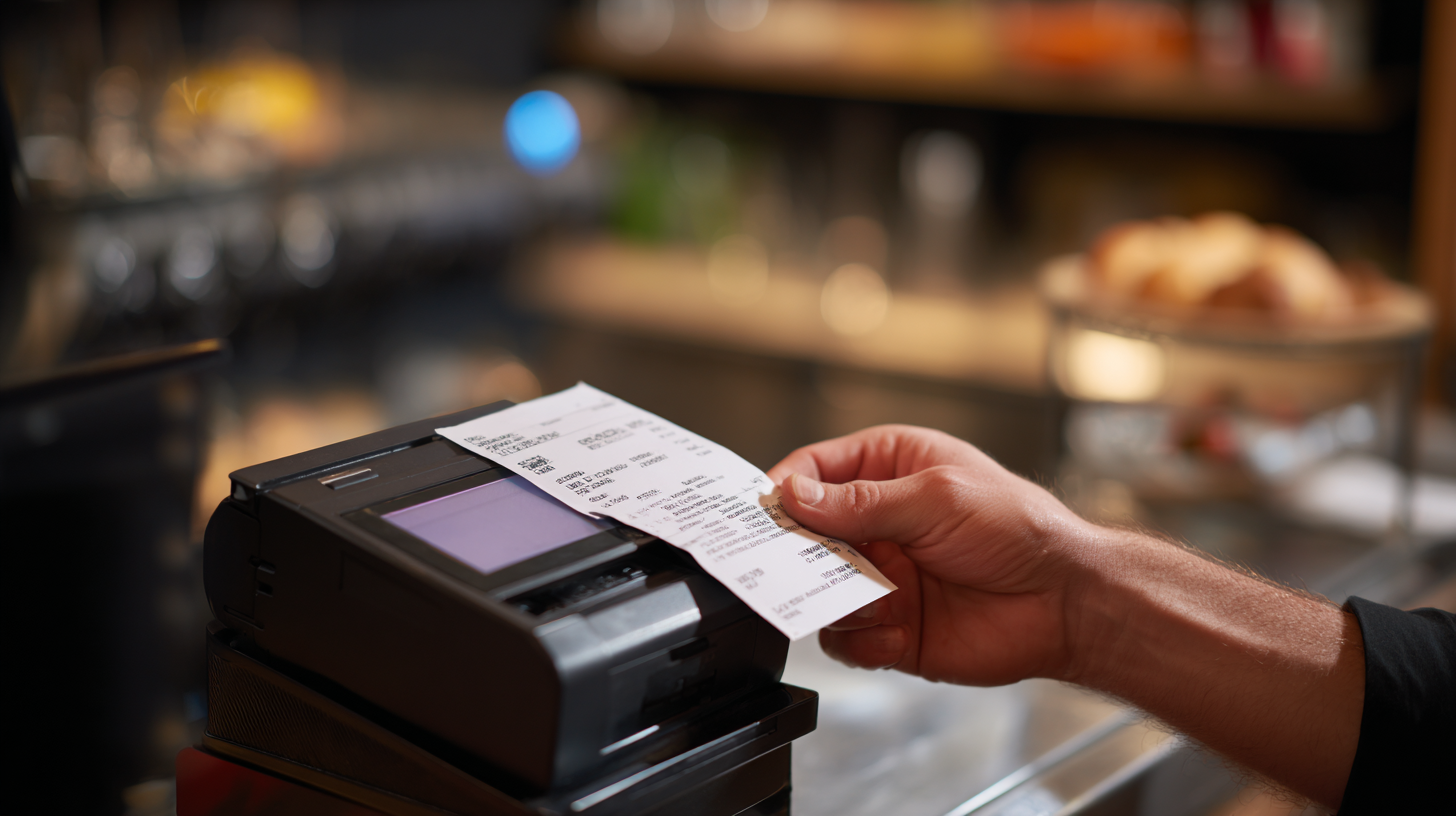
Tips: Always check the compatibility of your receipt printer with the type of paper you're considering. Most printers come with specifications, so ensure you choose the correct dimensions—generally either 57mm or 80mm wide rolls. Also, consider if your dining establishment requires any specific features, like water-resistant or recyclable paper, as this can influence your choice significantly.
Moreover, the size of the paper roll should align with your printing needs. Larger rolls may require less frequent swapping, while smaller rolls can be easier to handle. Assessing your restaurant's volume and specific use cases will help you make the best decision.
